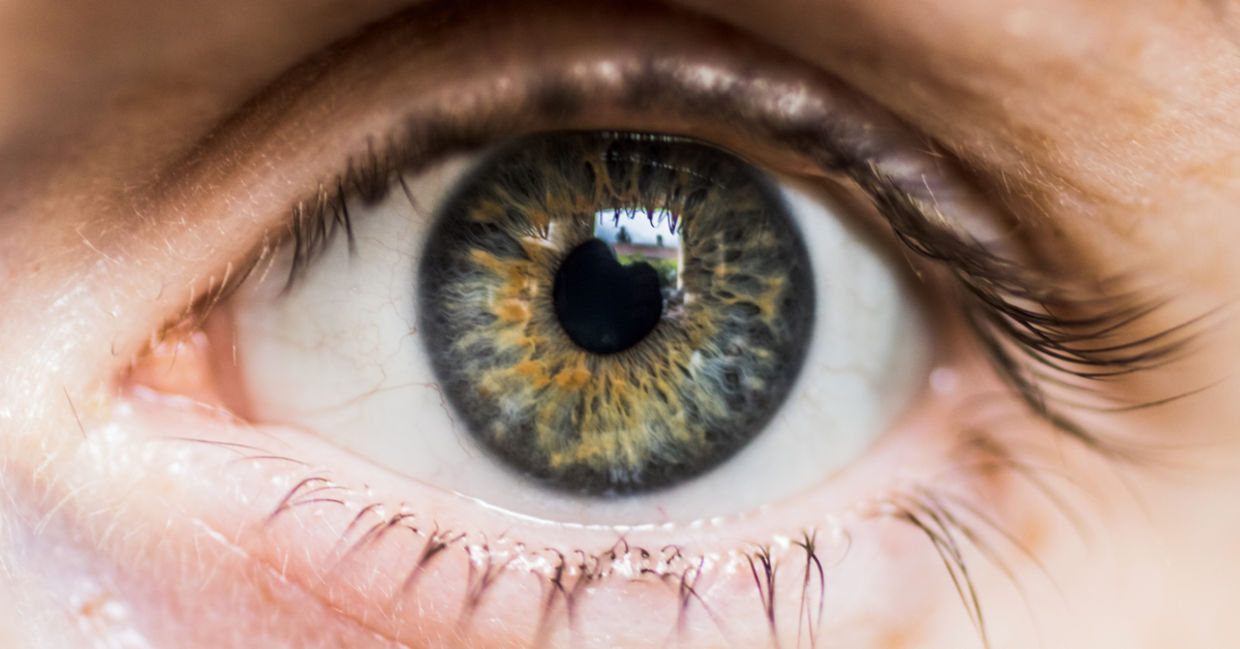
(AngeliqueD / Shutterstock.com)
A patient in Pennsylvania regained vision for more than a year after receiving a single injection of an experimental RNA therapy. This clinical trial gives new hope to people who have been diagnosed with Leber Congenital Amaurosis (LCA), a rare genetic form of childhood blindness.
Researchers at the Scheie Eye Institute in the Perelman School of Medicine at the University of Pennsylvania in Philadelphia, found that a mutation-specific RNA therapy helped patients who have LCA, according to a press release from Penn Medicine. This eye disorder that affects the retina and causes severe vision loss in early childhood is caused by a CEP290 mutation.
The successful outcome of this new gene enhancing therapy was published in the April 1, 2021 issue of Nature Medicine. “Our outcomes set a brand new normal of what organic enhancements are doable,” said co-lead writer Artur Cideciyan, PhD, analysis professor of Ophthalmology at Penn Drugs' Scheie Eye Institute in the press release.
Ten patients in the study received an injection directly into their eyes of sepofarsen, an RNA molecule that works by increasing the 90 protein levels, every three months that resulted in vision gains. The eleventh patient received only one injection and was examined for over 15 months according to AJPost.
Before the trial, this patient had reduced vision including small vision fields and no night vision at all. After just one dose of sepofarsen, the patient showed great improvements after just one month and these lasted for the entire 15 months of the trial. The new published paper discusses just this patient.
“This work represents a really exciting direction for RNA antisense therapy. It’s been 30 years since there were new drugs using RNA antisense oligonucleotides, even though everybody realized that there was great promise for these treatments,” said co-lead writer Samuel G. Jacobson, MD, PhD, a professor of Ophthalmology in the press release.
This extended relief was unexpected by the researchers and provides hope that this type of treatment can be used for other diseases that are associated with genetic mutations encoding defective proteins. “The unexpected stability of the ciliary transition zone noted in the patient prompts reconsideration of dosing schedules for sepofarsen, as well as other cilium-targeted therapies,” said Jacobson.
The team plans future studies of gene specific therapies for other inherited retinal disorders that are currently incurable. Other researchers are already working on gene therapies for other genetic forms of visual impairment. A 2018 trial at Oxford University in the UK developed a therapy for people with Choroideremia, an inherited eye disease.
Gene therapy could make a big difference in the lives of thousands. This could herald in a time when inherited blindness becomes an easily curable disease. Restoring sight to visually impaired people will greatly increase their quality of life.
YOU MIGHT ALSO LIKE:
New Bionic Eye May Restore Sight to Visually Impaired People
Man Regains Sight After Receiving First Artificial Cornea Transplant
Lego's Newest Bricks Teach Braille to Kids With Impaired Vision







